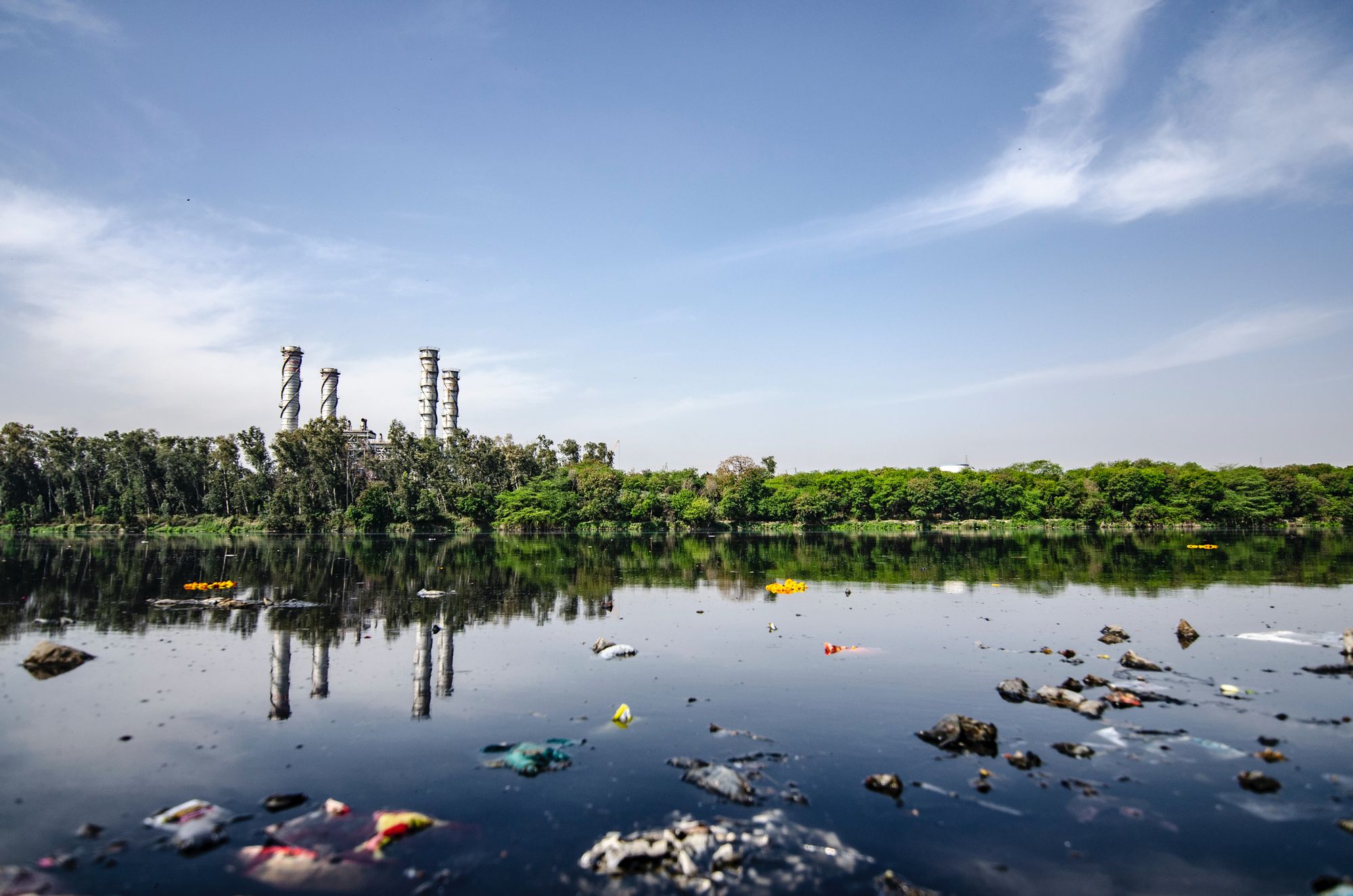70% of our bodies and 70% of the Earth is made up of water. Yet there seems to be not enough for everyone. Access to clean water and sanitation facilities determines health conditions of the individual and society. Right to clean water and sanitation is a basic human right and the sustainable development goals are providing road maps to achieving this.
Water as a resource is public, but rapid degradation of our rivers, lakes and oceans has resulted in conflict over existing clean water sources. Safe and hygienic sanitation facilities will eliminate many diseases and reduce the expenditure on out-of-pocket health expenses.
Most related SDGs
· SDG 13 · SDG 14
Facts and Figures
· 892 million people in the world practice open defecation. Indians have more mobile phones than toilets.
· Each day, nearly 1,000 children die due to preventable water and sanitation-related diseases like diarrhoea
· 11% of the world’s population have no access to improved water supply
· 25% of the world’s population have no access to adequate sanitation.

Global water demand has been increasing, and agriculture accounts for biggest share of water being extracted from the earth. Major countries like Qatar, Israel, Lebanon and Iran are highly water stressed and are predicted to run out of water in the near future.
Best Performing countries in SDG6: Clean Water and Sanitation
No country is yet on track to achieve SDG6.
Join in
· Time yourself when you shower. Showering less than 8 minutes each day saves enough water equivalent to the requirements of a girl in Uganda for the whole year.
· Pay attention to the products you use. Many face wash, shampoos and bath scrubs have micro plasticswhich ultimately end up in our oceans.
· Start swap clubs in your locality or among friends. Swap books, clothes and home décor items among your groups so that we can have new materials to use, without purchasing more products.
· Every pair of jeans that we wear, every paper we write on, or every leather bag we carry, it consists of tonnes of invisible water. Reduce consumption!
Book Recommendation

Capitalising water and treating water resources as an economic opportunity is the curse of the 21st century. Maude Barlow, a water rights defender, encourages the need for communities reclaim their right to water.
Editor’s Tip: Follow the progress towards the UN Water Action Decade here and see how you can get involved!


















